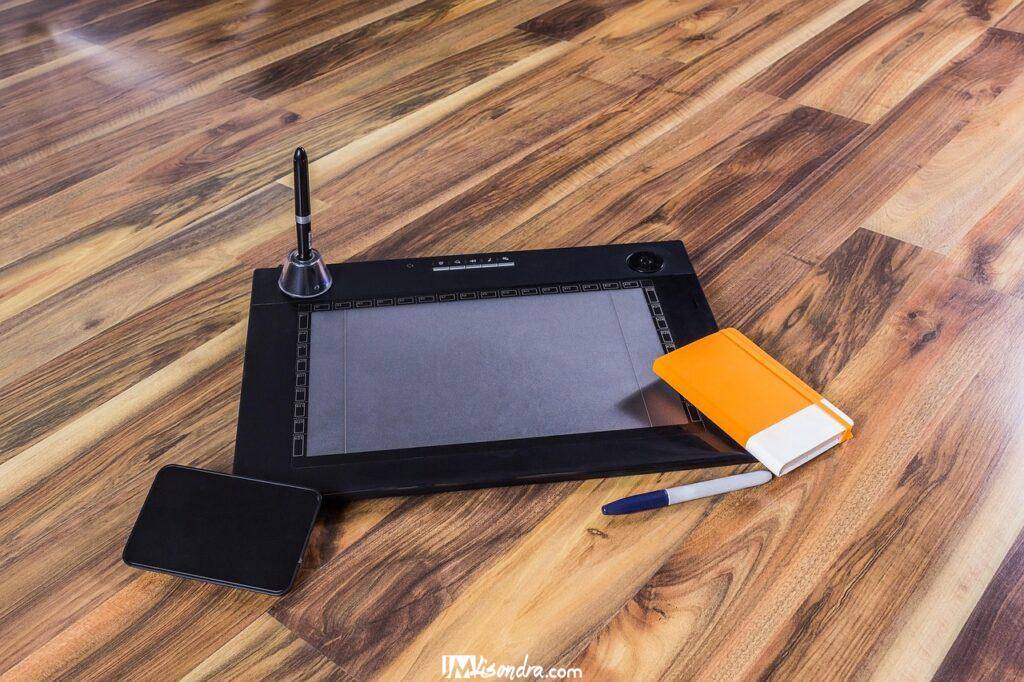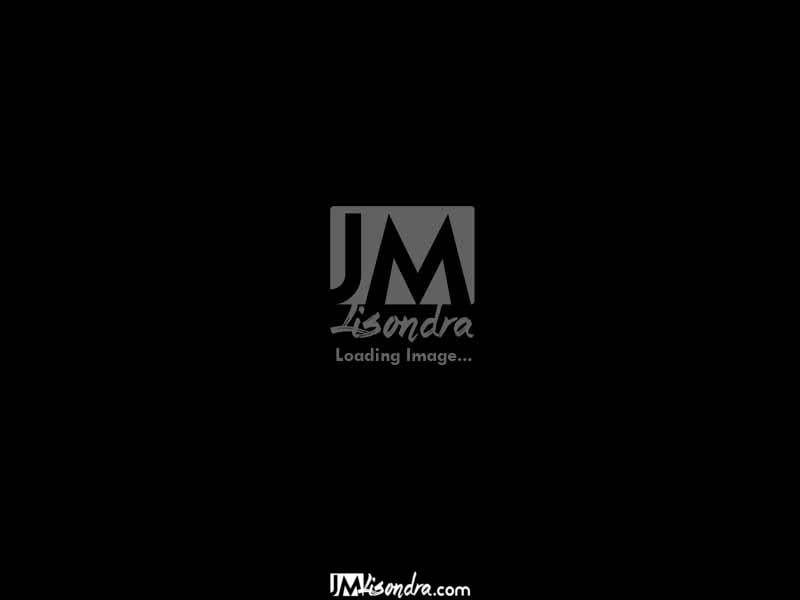Brush vs. Pixel: Navigating the World of Traditional Art vs Digital Art

For centuries, artists have wielded brushes, pencils, and chisels, transforming raw materials into breathtaking works. This is the realm of traditional art. In recent decades, a powerful new tool has emerged: the computer, tablet, and stylus, giving rise to digital art. Both mediums offer incredible possibilities for creative expression, but they differ significantly in process, tools, cost, and feel.
The debate of traditional art vs digital art is not a new one, but it's one that continues to fascinate artists and enthusiasts alike. Is one inherently "better" than the other? Or are they simply different paths leading to the same destination of artistic creation? Let's dive into the core differences and similarities.
What Exactly Are We Comparing About Traditional Art vs Digital Art?
Traditional Art: This encompasses any artwork created using physical, non-digital materials. Think painting on canvas, drawing on paper, sculpting with clay, printmaking, collage with physical elements, and more. The result is a unique, physical object.
Digital Art: This is art created using digital tools – primarily computers, drawing tablets, and software. The artwork exists as a digital file that can be viewed on screens, shared online, and printed.
The core question often boils down to traditional vs digital art – which method suits your style, goals, and resources?
Tools of the Trade: Physicality vs. Virtual
The most obvious difference lies in the tools.
In traditional art, you get your hands dirty – quite literally!
- Paints: Oils, acrylics, watercolors, gouache – each with unique properties, drying times, and textures.
- Drawing Materials: Pencils (graphite, colored), charcoal, ink, pastels.
- Surfaces: Canvas, paper (various weights and textures), wood, stone, fabric.
- Other Tools: Brushes (countless shapes and sizes), palettes, easels, rulers, erasers, solvents, sculpting tools.

The physical interaction with these materials is a key part of the traditional art experience. The feel of the brush on canvas, the resistance of charcoal on textured paper – these are tactile sensations that digital art cannot replicate.
Digital art, on the other hand, operates in the virtual space:
- Hardware: A computer (desktop or laptop), a drawing tablet (like Wacom, Huion, XP-Pen) or a creative tablet (like iPad with Apple Pencil, Surface Pro).
- Software: Programs specifically designed for digital painting and drawing (e.g., Adobe Photoshop, Procreate, Clip Studio Paint, Corel Painter, Krita).
- Stylus: The digital pen you use to draw and paint on the tablet surface.
[Image Placeholder: Photo of a digital artist's setup with a tablet, stylus, and computer screen displaying art software]

While the tools are different, the underlying artistic principles – composition, color theory, perspective, anatomy – remain the same, regardless of whether you're holding a physical brush or a digital stylus.
The Artistic Process: From Studio Mess to Digital Workflow
The process of creating art also varies considerably.
Traditional Art Process:
- Often starts with sketches on paper.
- Requires setting up a physical workspace, which can be messy depending on the medium (paint spills, charcoal dust).
- Materials like paint require drying time, which can slow down the process or allow for unique layering effects.
- Mistakes can be difficult or impossible to fully correct, sometimes requiring starting over or incorporating them into the piece.
- The finished product is a single, original physical item.
You can watch more tutorials here in my website and learn how to paint.
Digital Art Process:
- Can start with digital sketches or directly on the canvas.
- The workspace is clean and digital; no physical mess involved.
- Layers are a fundamental part of the process, allowing artists to work on different elements (background, characters, effects) independently without affecting others.
- The "Undo" button is a lifesaver! Mistakes are easily corrected, encouraging experimentation.
- Tools like color pickers, eyedroppers, and digital brushes (which can mimic any traditional brush or create entirely new effects) offer immense flexibility.
- The ability to resize, transform, and duplicate elements quickly speeds up certain tasks.
- The finished product is a digital file that can be easily shared, modified, and reproduced.
More digital art painting process on my youtube channel.
Cost, Flexibility, and Accessibility
Comparing the two mediums also brings up practical considerations:
- Cost:
- Traditional art often has a lower initial cost for basic materials (a pencil and paper are cheap). However, the cost of consumables (paints, paper, canvas, brushes that wear out) is ongoing and can become quite high for professional-grade supplies.
- Digital art requires a higher initial investment in hardware (computer, tablet) and software (licenses can be one-time or subscription-based). Once you have the equipment, the cost of "materials" is essentially zero, except for electricity and potential software upgrades or subscriptions.
- Flexibility & Editability:
- This is where digital art truly shines. The ability to use layers, easily change colors, resize elements, add effects, and undo mistakes offers unparalleled flexibility during the creation process.
- Traditional art is far less forgiving. Changes are often permanent, and significant alterations can be difficult or impossible without damaging the artwork.
- Accessibility:
- Getting started with basic traditional drawing or painting can feel more immediately accessible to many, requiring just a few simple tools.
- Digital art has a technical barrier to entry. You need access to the right hardware and software, and there's a learning curve associated with mastering the programs. However, once you have the equipment, a vast array of tools and colors are instantly available.
Table: Traditional vs Digital Art - A Quick Comparison
| Feature | Traditional Art | Digital Art |
| Tools | Physical (brushes, paint, paper) | Digital (tablet, stylus, software) |
| Process | Tactile, physical, drying times, permanent marks | Clean, layers, undo/redo, non-destructive editing |
| Cost | Lower initial, high ongoing (consumables) | High initial (hardware/software), low ongoing |
| Flexibility | Limited editability, changes permanent | High editability, easy corrections, layers |
| Output | Unique physical object | Digital file (easily shared/reproduced) |
| Workspace | Can be messy, requires physical space | Clean, virtual |
| Learning Curve | Mastering physical materials/techniques | Mastering software and hardware |

Which is Right for You?
There's no definitive answer to the traditional art vs. digital art question. The "better" medium depends entirely on the artist's individual preferences, goals, budget, and subject matter.
- Do you love the tactile feel of paint on canvas? Do you value the uniqueness of a physical original? Traditional art might be your calling. Learning to paint, for example, offers a deeply rewarding physical experience. You can learn more about starting your painting journey here: Learn to Paint.
- Do you prioritize flexibility, easy editing, and the ability to quickly share your work online? Do you enjoy experimenting without fear of "ruining" the piece? Digital art could be a perfect fit.
Many contemporary artists seamlessly blend both worlds, sketching traditionally and finishing digitally, or creating digital work to be printed on physical surfaces. The rise of AI art also adds another layer to the discussion of how art is created today, prompting comparisons between AI art vs. traditional art.
Ultimately, both traditional and digital art are powerful forms of expression. They are tools in an artist's hand. The most important thing is to choose the medium that allows you to create, experiment, and bring your unique vision to life.
What are your thoughts on traditional art vs. digital art? Which do you prefer, and why? Share your experiences in the comments below!
Do you want to learn traditional painting from my exclusive lessons? You can join on my patreon and become my patron.





